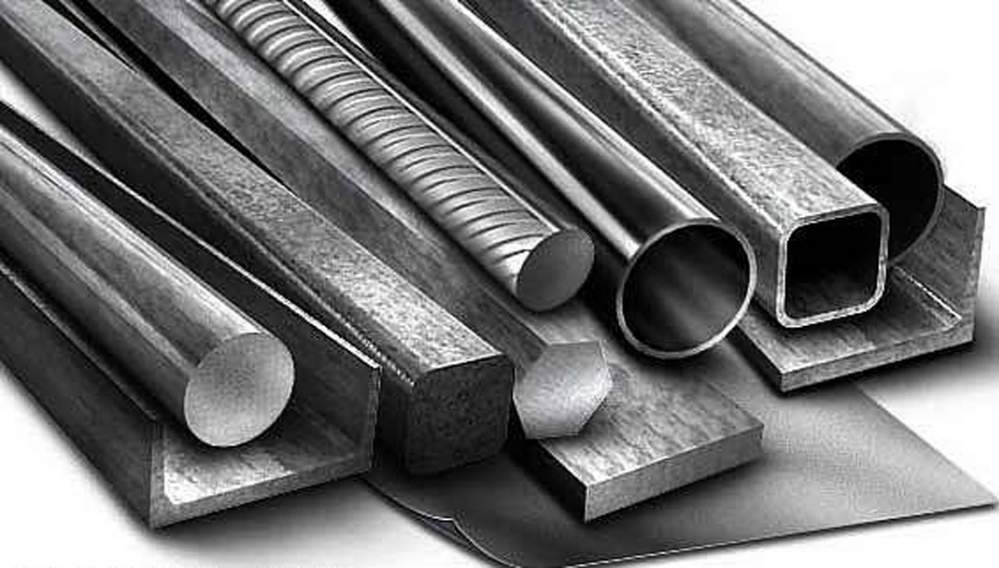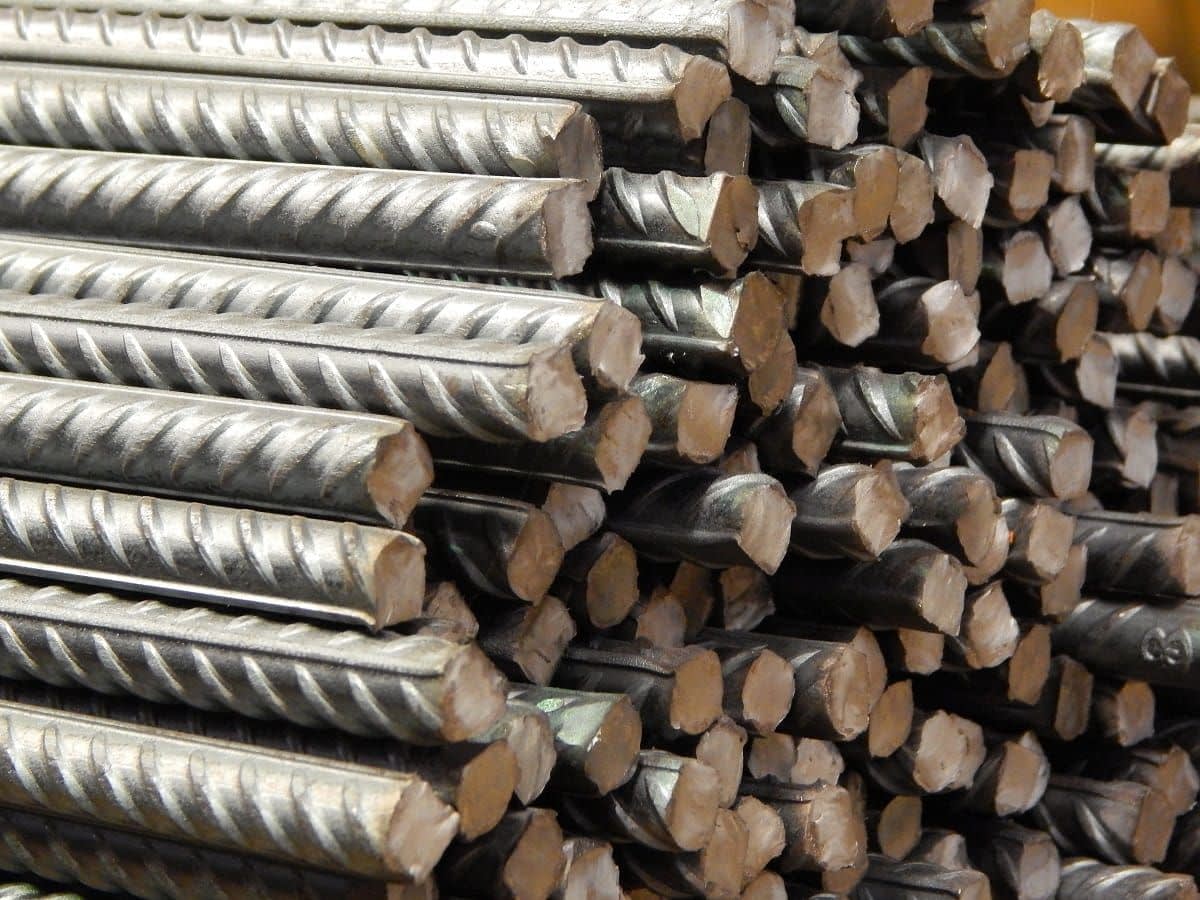Does the seemingly simple word "fierro" hold a world of meaning, stretching from construction sites to the human body? The answer is a resounding yes, as "fierro," a Spanish term primarily used in Latin America, unveils a multifaceted nature, encompassing steel reinforcement in buildings, the fundamental element of iron, and even a colloquial expression of approval.
In the realm of construction, "fierro" immediately brings to mind the robust steel bars, often referred to as reinforcing bars or rebar, that form the skeletal framework of concrete structures. These bars, meticulously placed and interwoven before the concrete is poured, are crucial for providing tensile strength and preventing cracking, thereby ensuring the buildings' structural integrity and longevity. This use is widespread, underpinning everything from humble homes to towering skyscrapers, and is essential for withstanding various forces, including those from earthquakes and high winds.
However, the scope of "fierro" extends far beyond construction. In essence, it is a direct reference to the element iron, which is the fourth most abundant element in the Earth's crust, comprising approximately 5% of it. Iron's prevalence and versatility have made it a cornerstone of human civilization, used in countless applications.
- Best Remoteiot Platform For Raspberry Pi Your Ultimate Guide
- Comprehensive Remoteiot Platform Tutorial Your Gateway To Iot Mastery
The term "fierro" itself, while prevalent in certain Spanish-speaking regions, is a linguistic variant that highlights the diverse ways in which language evolves and adapts. In general Spanish, "hierro" is the preferred term for iron. The use of "fierro" highlights a cultural context where the nuance of the word has been adapted to fit the local customs.
Considering the different interpretations of this word here is a detailed information on the general usage of "Fierro" that can be used in different fields.
| Aspect | Details |
|---|---|
| Construction | Refers to steel bars (rebar) used to reinforce concrete, providing structural strength to buildings. |
| Material Science | Related to Iron, the fourth most abundant element in Earth's crust. |
| Colloquial Usage | Can be used as an expression of approval or agreement in some regions. |
| Historical Context | May relate to tools, objects made of iron, or branding instruments for livestock. |
| Linguistic Perspective | "Fierro" is a variant of "hierro" (iron) in general Spanish, common in the Americas. |
| Metallurgy | Iron is a key component in steel, an alloy with carbon. |
| Human Biology | Iron is an essential mineral for oxygen transport and various bodily functions. |
| Industrial Applications | Iron and steel are widely used in manufacturing various products. |
| Etymology | The word's usage is influenced by regional dialects, such as the Spanish spoken in Latin America. |
| Artistic References | Can be used as a reference in literature and art, symbolizing strength and durability. |
| Legal Context | Used in the context of trademark and intellectual property protection. |
Reference: Wikipedia - Iron
- Camillaxaraujo Simpcity Unveiling The Stars Journey And Impact
- Raspberry Pi Remoteiot Download Android A Comprehensive Guide To Iot Connectivity
In the context of metallurgy, iron is not merely an isolated element but a crucial component in the creation of steel. Steel, an alloy primarily composed of iron and carbon, exhibits remarkable strength and versatility. The addition of other elements, like chromium and nickel, results in specialized steels such as stainless steel, which have enhanced properties like corrosion resistance. The ability to fine-tune the composition of steel makes it an indispensable material across diverse industries, from automotive manufacturing to infrastructure development.
Beyond its structural applications, iron plays a vital role in human health. As a crucial component of hemoglobin, the protein responsible for carrying oxygen in red blood cells, iron is essential for the efficient delivery of oxygen to tissues throughout the body. Iron deficiency can lead to anemia, a condition characterized by fatigue, weakness, and impaired cognitive function. The body absorbs iron in different forms; ferrous iron (Fe2+) is more readily absorbed compared to ferric iron (Fe3+). The amount of iron in the body is regulated by several factors, including diet and the body's needs. Iron deficiency is a common problem worldwide, highlighting the importance of a balanced diet rich in iron-containing foods.
However, iron's influence doesn't stop at structural and biological levels. The term "fierro" also appears in colloquial usage, with different meanings in different contexts. It can refer to an object made of metal, and even a tool, a blunt object, or as a form of approval. This multifaceted nature of the word indicates that "fierro" is not only a word with a concrete meaning but also a cultural symbol, carrying meanings that differ depending on the location and situation.
The presence of iron in the plant kingdom is also noteworthy. While plants require iron for various functions, it can be relatively immobile within plant tissues. The formation of ferrous oxides and phosphates can make the mineral comparatively heavy and less mobile within the plant's system. This immobility may impact nutrient uptake and the overall health of plants.
The story of General Rodolfo Fierro, as immortalized in a short story by Muoz, illustrates the historical context in which "fierro" gains even more profound meaning. The account of his last moments, as described in the narrative, transforms "fierro" from a mere term into a symbol of courage, duty, and the tragic end of a military man.
The automotive industry is a major consumer of both iron and steel, which are extensively used in the construction of vehicles. From the chassis and body panels to engine components, these materials provide the strength, durability, and safety features necessary for vehicle operation. Furthermore, technological advancements, such as the use of high-strength steel, have further optimized vehicle performance and fuel efficiency.
In the realm of intellectual property, "fierro" can be related to the protection of creative works. For instance, in the context of art, a work may be associated with the name "Fierro" and be subject to copyright, ensuring that the creators rights are protected. This is exemplified in the case of a work like Fierro Viejo, which has received protection under the National Institute of Copyright (INDAUTOR), securing the creative and economic interests of the author.
The story of "Fierro" also includes the creative endeavors. One such is the collaboration between a creative director, Roberto de los Santos, a project partner, Leobardo Garca, and the chef Luca Caas. Caas returned to Mexico from Europe to be part of the venture, driven by shared connections to the state of Nuevo Len. This story shows how "fierro" can represent creativity, innovation, and collaboration, illustrating the dynamic way in which terms can also be part of a cultural and artistic narrative.
In the culinary world, the concept of "fierro" also emerges through products and brands. The establishment, with its purpose, seeks to provide culinary enthusiasts with a variety of products. Driven by passion for craftsmanship and a commitment to excellence, the brand aims to create a friendly relationship between customers and the company. This reflects a broader trend of combining tradition with modern aesthetics to create experiences with a strong focus on quality and the bonds between consumers.
The contrasts between the terms "fierro" and "acero" (steel) offer a deeper understanding of materials used in construction and manufacturing. While both terms are metallic in appearance, the differences are noteworthy. Steel is the outcome of iron alloyed with other substances, mainly carbon, creating enhanced properties like increased hardness and resistance to corrosion. The process of mixing iron with carbon and other elements makes it an essential material, giving a range of characteristics and uses.
In summary, "fierro" is much more than just a word; it's a linguistic portal that opens to a world of construction, science, health, history, and culture. From the very foundations of buildings to the tiniest aspects of our internal physiology, it represents a substance that has changed the course of human civilization. It is, in essence, the symbol of strength, durability, and versatility.
- Remoteiot Platform Ssh Raspberry Pi Free The Ultimate Guide To Secure Remote Access
- Unveiling The Fascinating Journey Of Hsoda030 Nam Hai A Comprehensive Guide


